Latest News
Under U.S. plan, Afghans may get Black Hawks to replace Russian aircraft
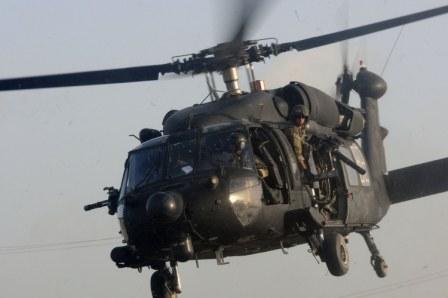
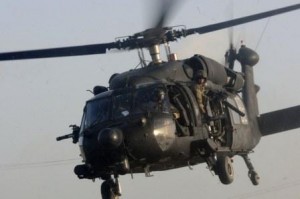 The U.S. military wants to replace Afghanistan’s well-worn fleet of Russian helicopters with American-made aircraft, according to a new budget proposal, a decision aimed at reducing the Afghan air force’s decades-long reliance on Russian equipment.
The U.S. military wants to replace Afghanistan’s well-worn fleet of Russian helicopters with American-made aircraft, according to a new budget proposal, a decision aimed at reducing the Afghan air force’s decades-long reliance on Russian equipment.
The Afghan air force, trained and assisted by NATO advisers, has slowly gained strength, but remains too small to meet the needs of security forces struggling to combat a stubborn Taliban insurgency.
Now the U.S. Defense Department is requesting funding to refurbish and update 53 older-model U.S. military UH-60 Black Hawk helicopters for the Afghans, enough to replace the current fleet of Russian-designed Mi-17 helicopters.
Donald Trump’s victory in the U.S. presidential election, and the prospect of warmer U.S.-Russian ties, could yet impact the proposed move, but were it to go through, it would cost hundreds of millions of dollars and require retraining potentially hundreds of Afghan pilots to fly the new craft.
Roughly 50 Mi-17 transport helicopters form the backbone of the air force, flying missions including troop and supply transport, medical evacuation and close air support.
Heavy fighting, hard conditions and maintenance problems have taken their toll on the fleet, however, and the U.S. military has faced legal barriers to providing new Mi-17s and parts amid deteriorating relations with Russia.
“The Department of Defense has determined that procuring U.S.-made helicopters is a more sustainable long-term solution to meet the requirements,” spokesman Adam Stump said.
Among the reasons were “legal restrictions on spending DoD funds to maintain or buy more Russian helicopters.”
NEW FUNDING REQUESTED
The $814 million request, made in a budget amendment submitted this month, would also provide money for other new attack aircraft for the Afghans.
It would help push the total funding for Afghan security forces to $4.2 billion for 2017, surpassing the $1.2 billion requested for arming and supporting local forces in Iraq and Syria.
Under the proposal, UH-60A helicopters earmarked for the Afghans would be taken from the U.S. Army’s inventory and upgraded to a UH-60A+ variant, which Stump said was “suitable for the challenging Afghanistan environment.”
Military planners hope to begin fielding the Black Hawks in Afghanistan, already a common sight during America’s 15-year war there, within two years of Congress approving funding, he added.
The budget also requests funding for 30 additional armed MD-530 attack helicopters, six A-29 fixed wing close attack aircraft and five AC-208 aircraft for the Afghan air force.
Altogether, the military may order as many as 159 Black Hawks for the Afghans, said U.S. Senator Richard Blumenthal, who represents Connecticut, home of the helicopter’s manufacturer Sikorsky, and other lawmakers in a statement.
Of roughly 3,000 Black Hawks in use in the world, the U.S. Army operates at least 2,300, according to Sikorsky Aircraft Corporation, which was acquired by military aviation giant Lockheed Martin last year.
Afghan officials in Kabul said they had yet to be officially informed of any decision, but would welcome Black Hawks.
“They have been tested in Afghanistan and can support our forces on the ground,” said Mohammad Radmanish, a spokesman for the Afghan Defense Ministry.
Russia’s state-owned Rostec, parent company of the main Russian military helicopter manufacturer, and Roseboro export, the Russian state arms export agency, declined to comment, as did the Federal Service for Military-Technical Cooperation, which is the state regulator for arms exports.
RETRAINING
Since 2010, the United States has provided at least $3.7 billion to develop and support the Afghan air force, which has struggled to field enough trained crews to operate its aircraft.
Stump said there were now enough personnel. But switching to more complex Black Hawks would require retraining potentially hundreds of pilots, crew chiefs, and maintenance workers.
Captain Jason Smith, a spokesman for the coalition training wing in Kabul, said the military mission was still waiting for a decision from Congress, but “stands ready to work with our Afghan Air Force counterparts no matter what recapitalization looks like once approved.”
While many vehicles, aircraft, and weapons provided to Afghan security forces by the United States are American-made, military officials originally favored the Mi-17 because Afghan pilots and mechanics were already familiar with it.
That decision was made at a time when the United States and Russia were cooperating on a range of Afghanistan-related issues, including a major supply route for the NATO coalition in and out of the country.
Since then the relationship has soured over conflicts in Syria and Ukraine.
Under pressure from Congress in 2013, the Pentagon scrapped a plan to spend more than $1 billion on new Mi-17s, and in 2014 President Barack Obama issued formal restrictions on doing business with Russian arms manufacturers.
With the U.S. military’s endorsement, India has been involved in helping provide a handful of Russian helicopters to Afghanistan, but the Pentagon’s decision would almost entirely supplant the Afghans’ Russian aircraft.
While incoming president Trump campaigned on promises of protecting American manufacturing jobs, he has also signaled a desire to repair relations with Russia.
“Given President-Elect Donald Trump’s desire to improve relations with Moscow, the Mi-17s could be making their return not too far down the road,” said Michael Kugelman, an analyst with the Woodrow Wilson Center in Washington, D.C.
While Mi-17s represent one of the most visible signs of ties between Russia and Afghanistan, Kugelman said the impact of a switch to Black Hawks would be limited, with Moscow looking at other potential arms deals and back-channel outreach to the Taliban.
Published by: Reuters

Latest News
US asks IEA to ensure Afghan soil not used by terrorists
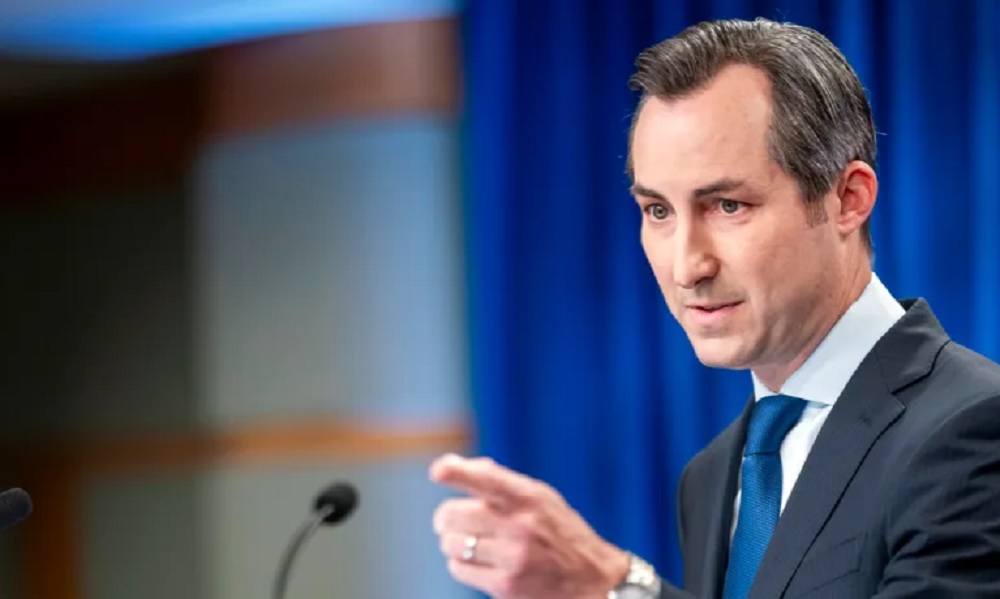
The US State Department on Thursday asked the Islamic Emirate of Afghanistan (IEA) to ensure that Afghanistan is not used to support terrorist groups, movement of terrorists or acts of terrorism.
A State Department spokesman told Geo News that Washington has “been very clear that we will judge the Taliban (IEA) by what they do, not what they say.”
“The Taliban (IEA) wants international legitimacy. This requires the Taliban (IEA) to meet their commitments to the international community,” the official said.
The spokesperson said the most enduring interest for the US in Afghanistan was to ensure that it never again became a safe haven for terrorists, especially for those who wished harm to the US or its partners or allies.
“We are in regular communication with Pakistani leaders as a part of our partnership on counterterrorism issues. We continue to discuss Afghanistan in detail, including through our annual counterterrorism dialogue and other bilateral consultations,” the official said.
Islamabad has time and again urged Kabul to take meaningful action against terrorists using Afghan soil to launch attacks inside Pakistan.
However, the IEA has repeatedly rejected claims of militant groups in the country and have said they will not allow any group to threaten a country from Afghanistan.
On Tuesday, the Pakistan Army’s top commanders were briefed on how terrorist groups operating from Afghanistan pose a threat to regional and global security, besides acting as proxies against Pakistan and its economic interests, especially the China-Pakistan Economic Corridor (CPEC).
A day ago, the Inter-Services Public Relations (ISPR) said security forces had killed seven terrorists trying to infiltrate the Pakistan-Afghanistan border in the North Waziristan district.
In a statement, the military’s media wing had said the security forces on April 16 had detected a movement of a group of seven terrorists near the border in the Spinkai area of Ghulam Khan in the tribal district, Pakistan’s The News reported.
Latest News
Over 6,000 acres of land cleared of poppies in Badakhshan
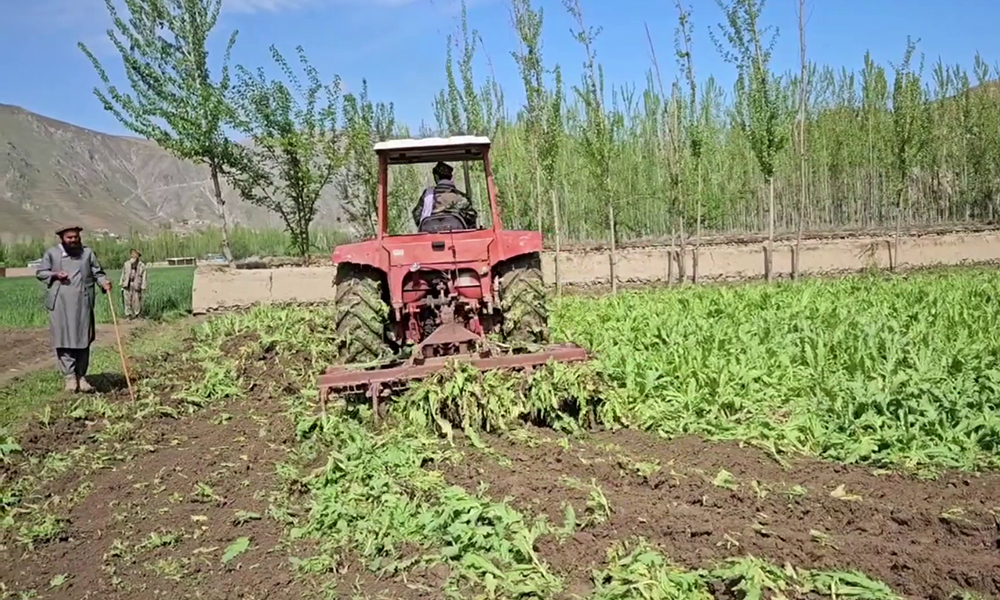
Badakhshan Police Command says it has cleared more than 6,000 acres of poppy fields in northern Badakhshan province.
The anti-narcotics department of Badakhshan Police Command says that since the beginning of the campaign to destroy the poppy fields in this province, they have cleared more than 6,000 acres of land.
According to these officials, poppies have however been planted in more than 10 districts this year.
The anti-narcotics department of the Badakhshan Police Command says that the campaign to destroy the poppy plantations started two months ago and continues.
According to the officials, during this period, 6,300 acres of land has been cleared.
Some of the farmers whose fields were destroyed say that poppy is more profitable than other agricultural products, but now that their land has been cleared, they want alternative crops.
According to the officials, Kishim, Argo, Darayimand and Jurm districts are among the districts where poppies are cultivated.
Latest News
MSF ‘deeply concerned’ over new phase of deportations of Afghans from Pakistan
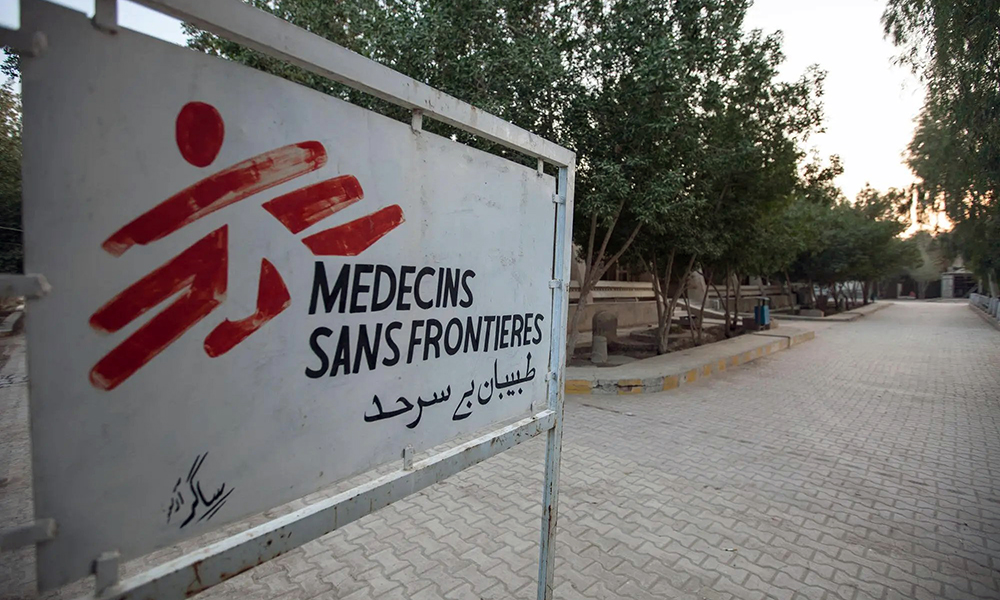
Médecins Sans Frontières (MSF) said Wednesday it was deeply concerned for the rights and welfare of Afghan refugees in Pakistan in the wake of the recent announcement by Islamabad that it plans to start Phase Two of the deportation campaign.
Pakistan is home to an estimated 3.7 million Afghans, and a reported 500,000 have crossed the border so far.
Many Afghans living in Pakistan have been there for decades and have spent more time in the country than their country of origin, without any legal recourse to remain in the only place they can effectively call “home”.
For many Afghans, Islamabad’s “repatriation” campaign means packing up their belongings and carrying them on a horse, cart, car and bus and traveling en masse to a country that is already struggling with widespread poverty, inadequate health services and increased restrictions on women, MSF said in a statement.
The second phase of the deportations leaves an estimated 800,000 Pakistan-issued Afghan Citizen Card (ACC) holders vulnerable to return, while phase three is expected to result in the further deportation of UNHCR-issued Proof of Registration (PoR) card holders, MSF said.
MSF first started working in Pakistan in 1986, and today provides much-needed medical care to people in Balochistan, Khyber Pakhtunkhwa and Sindh provinces.
The Islamic Emirate of Afghanistan (IEA) and UN agencies estimate that more than half a million people have been deported from Pakistan or voluntarily returned to Afghanistan in the past six months.
The United Nations High Commissioner for Refugees said last month that nearly two million Afghan refugees are living in Pakistan and that the agency needs $368 million this year to assist these people.
-

 Sport5 days ago
Sport5 days agoACL draw to be broadcast live on ATN channels
-

 Sport4 days ago
Sport4 days agoACL fever grows as fixtures finalized
-
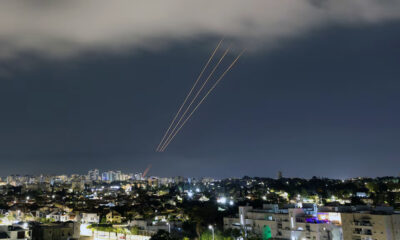
 World4 days ago
World4 days agoUS will not take part in any Israeli retaliatory action against Iran
-
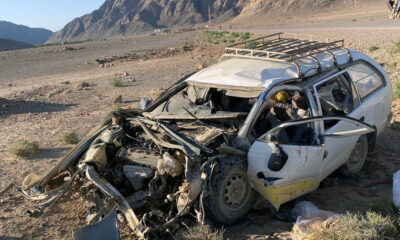
 Latest News4 days ago
Latest News4 days agoOver 50 people dead in traffic accidents over Eid
-

 Latest News4 days ago
Latest News4 days agoUS identifies Kabul airport suicide bomber
-
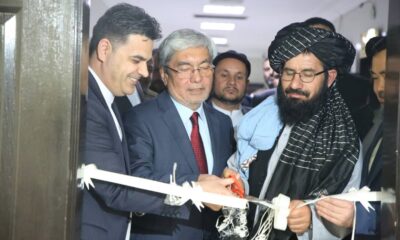
 Business4 days ago
Business4 days agoAfghanistan-Kazakhstan chamber of commerce opens in Herat
-

 Latest News4 days ago
Latest News4 days agoGood rains enable DABS to increase power production in Kabul
-
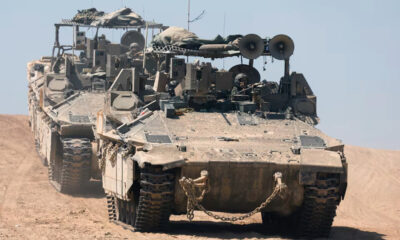
 World3 days ago
World3 days agoIsraeli military vows response to Iran attack as calls for restraint mount
















